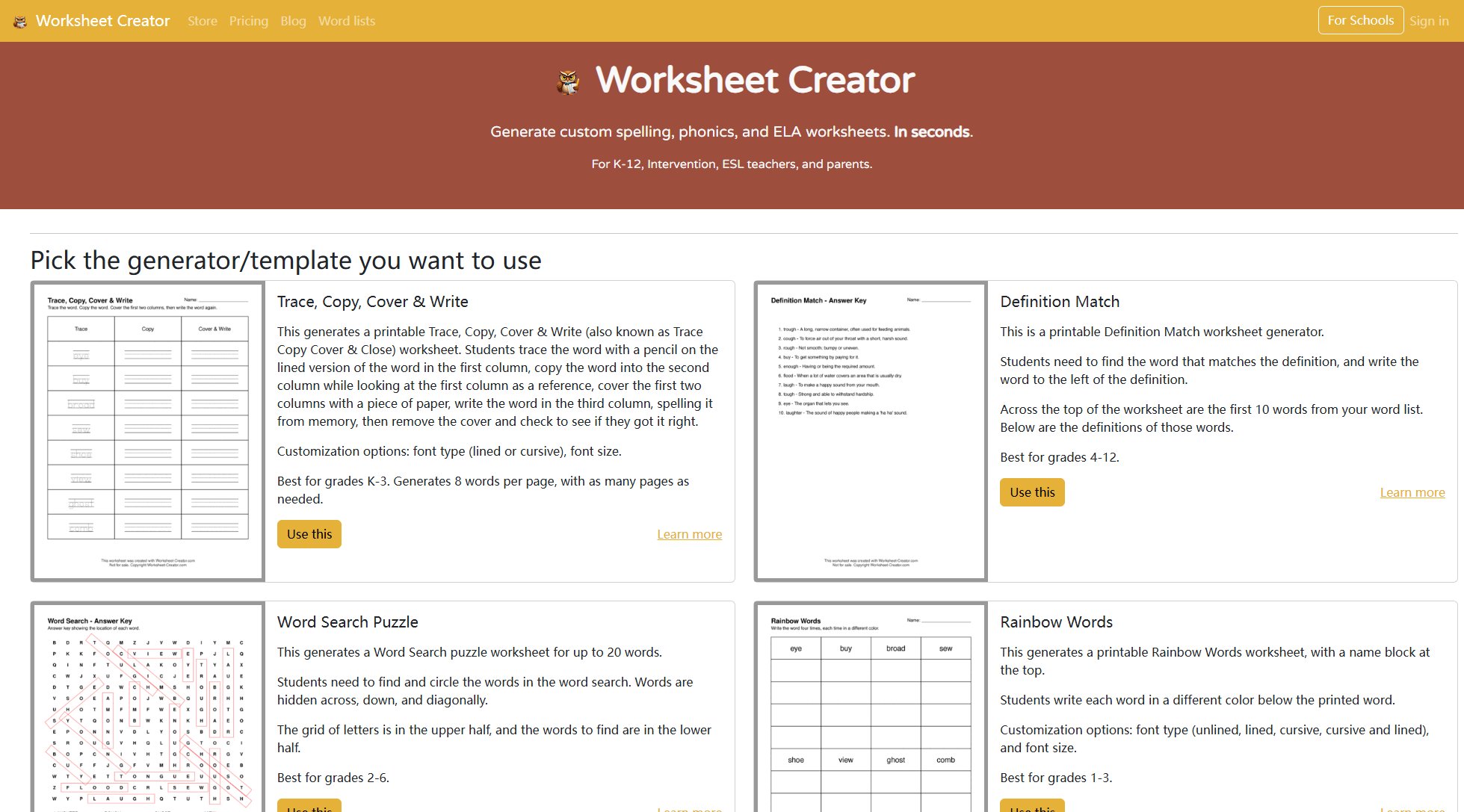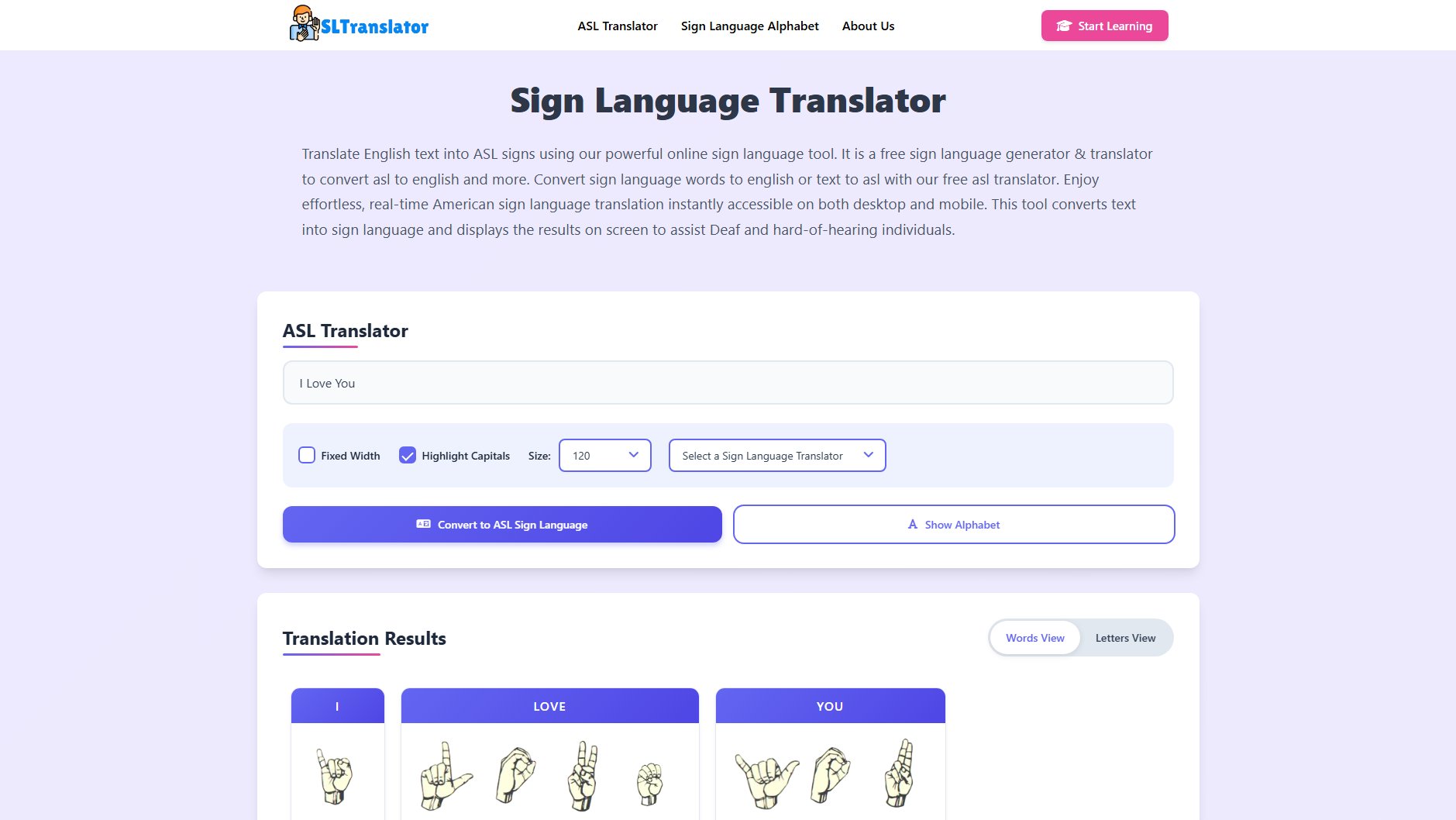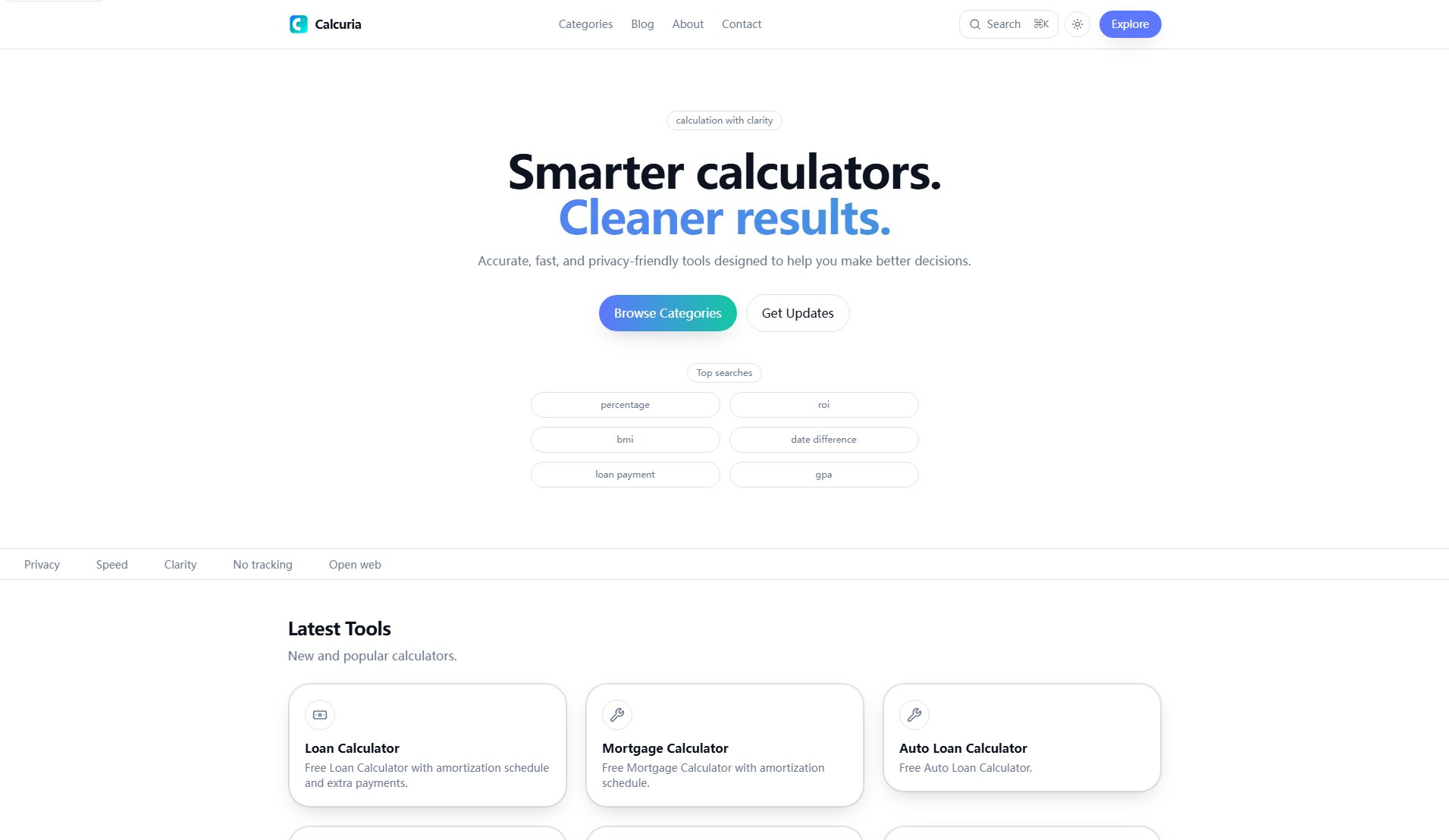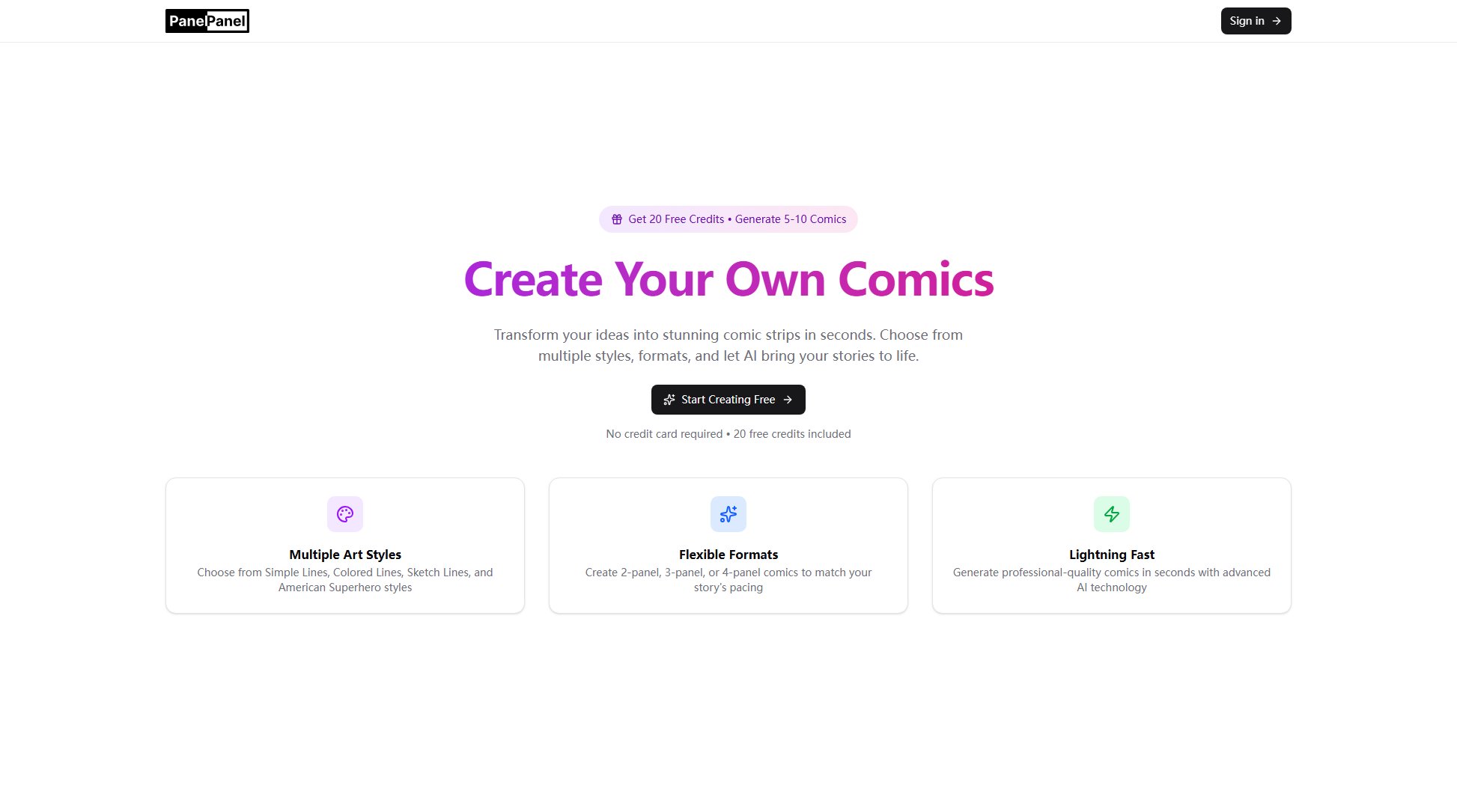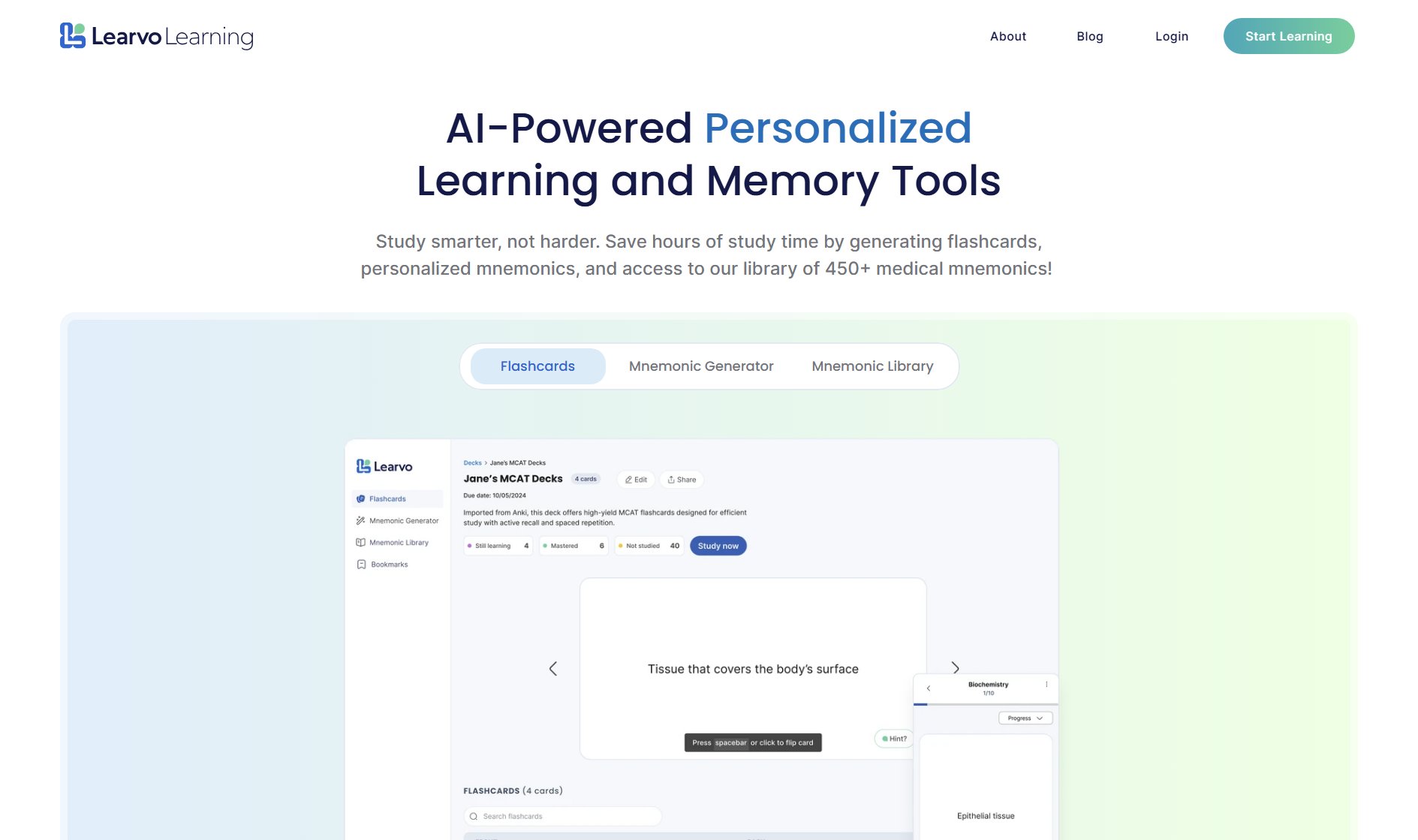Gradescope
Streamline assessment grading with AI-powered tools
What is Gradescope? Complete Overview
Gradescope is a revolutionary assessment platform designed to help educators efficiently administer and grade all types of assignments, whether online or in-class. It solves critical pain points in the grading process by reducing grading time while providing deeper insights into student performance. The platform supports various assignment types including problem sets, projects, worksheets, quizzes, bubble sheets, and exams across multiple disciplines like Computer Science, Physics, Math, Chemistry, Biology, Engineering, and Economics. Gradescope serves educational institutions of all sizes, from individual instructors to large universities, with over 2,600 universities and 140,000 instructors currently using the platform to grade more than 700 million questions.
Gradescope Interface & Screenshots
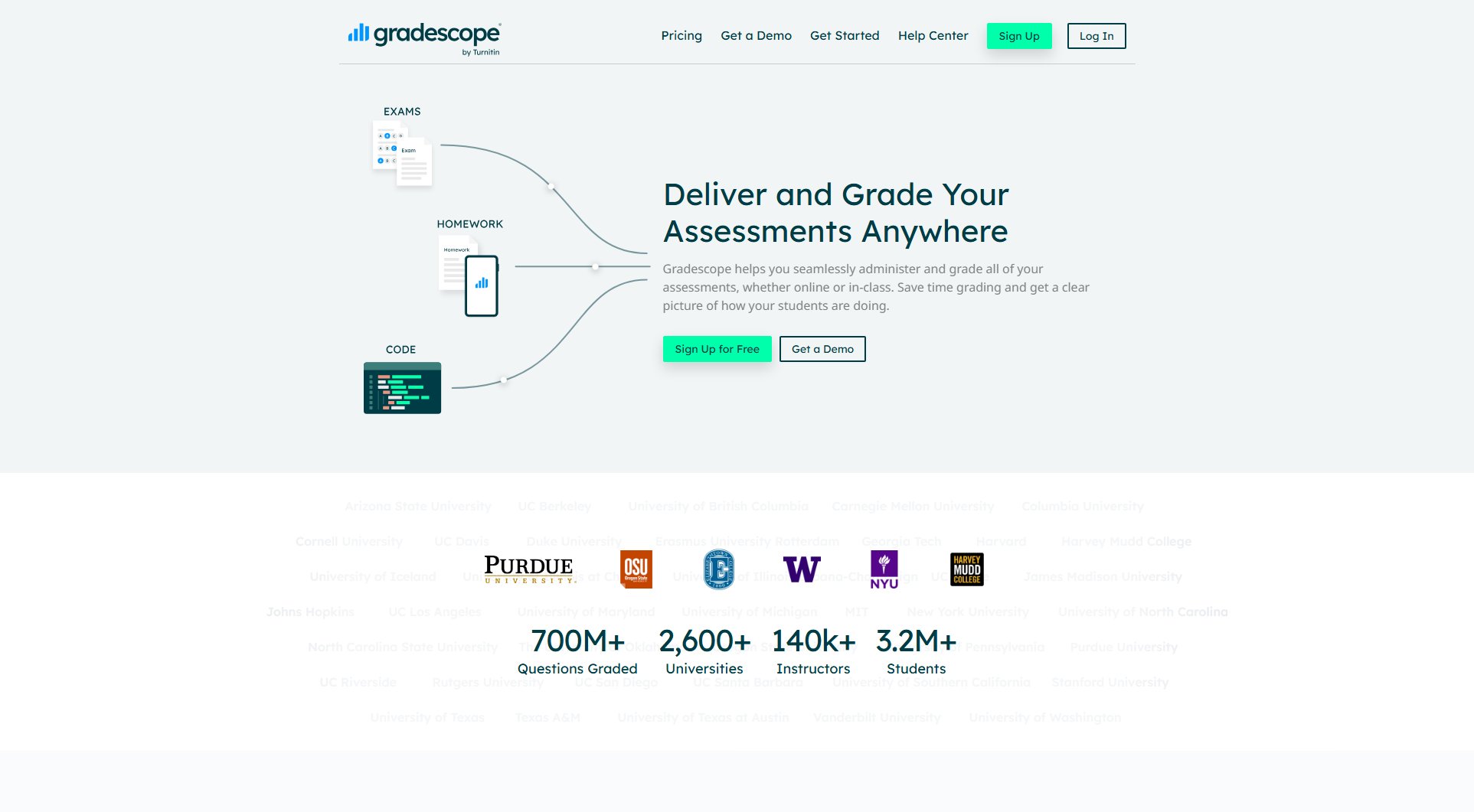
Gradescope Official screenshot of the tool interface
What Can Gradescope Do? Key Features
Flexible Assignment Types
Gradescope supports both variable-length assignments (problem sets & projects) and fixed-template assignments (worksheets, quizzes, bubble sheets, exams). Educators can use their existing assignments without alterations, grading paper-based, digital, and code assignments efficiently.
Dynamic Rubrics
Create flexible grading rubrics with point values and partial credit options for each question. The system allows rubric changes that automatically apply to previously graded work, maintaining consistency while saving instructors significant time.
AI-Assisted Grading
Gradescope's AI automatically groups similar answers together, enabling instructors to grade entire groups at once. This feature dramatically reduces grading time while maintaining grading consistency across large classes.
Code Submission & Autograding
Students can submit code directly from GitHub and Bitbucket. Instructors can provide immediate feedback with autograders or manually grade code with inline comments, making it ideal for computer science and programming courses.
Bubble Sheet Processing
Gradescope automatically separates and grades student bubble sheets according to the answer key. The system handles different test versions and provides detailed analytics on student performance.
Comprehensive Analytics
Get per-question and per-rubric statistics to understand student performance. These insights help instructors identify areas where students struggle and adjust teaching methods accordingly.
Regrade Requests
Students can submit regrade requests online, facilitating communication about grading expectations while reducing office hour traffic. Instructors can efficiently process these requests within the platform.
Best Gradescope Use Cases & Applications
Large Lecture Course Exams
Instructors teaching large lecture courses use Gradescope to efficiently grade hundreds of exams while maintaining consistency through shared rubrics and AI-assisted answer grouping.
Programming Assignments
Computer science professors utilize Gradescope's code submission and autograding features to provide immediate feedback on student programming assignments while maintaining the ability for manual code review.
Standardized Bubble Sheet Tests
Departments administering standardized tests with bubble sheets benefit from Gradescope's automated processing and analytics, saving hours of manual grading while gaining detailed performance insights.
Frequent Formative Assessments
Instructors implementing frequent low-stakes assessments use Gradescope to quickly grade and return feedback, enabling students to learn from mistakes while the material is still fresh.
How to Use Gradescope: Step-by-Step Guide
Create your course and assignments: Set up your course in Gradescope and configure assignments by specifying type (exam, homework, code, etc.), point values, and rubrics.
Students submit work: Students upload their assignments as PDFs or photos for paper-based work, or submit code directly from GitHub/Bitbucket for programming assignments.
Grade submissions: Use Gradescope's dynamic rubrics to grade question by question. The AI-assisted grouping feature helps grade similar answers simultaneously.
Provide feedback: Add detailed comments and annotations directly on student work. Adjust rubrics as needed with changes applying to previously graded submissions.
Review analytics: Examine question-level statistics to understand class performance and identify areas needing more instructional focus.
Release grades: Send grades to students with a single click or export them to your institutional gradebook system.
Gradescope Pros and Cons: Honest Review
Pros
Considerations
Is Gradescope Worth It? FAQ & Reviews
Gradescope supports paper-based assignments (exams, homework), programming assignments, online assignments, and bubble sheets. The Institutional plan includes all assignment types.
Gradescope's AI groups similar student answers together, allowing instructors to apply rubric items to entire groups at once. This dramatically reduces grading time while maintaining consistency.
Yes, students can upload photos or scans of handwritten work. Instructors can also upload PDFs of student submissions collected in class.
Yes, Gradescope offers a mobile app for students to submit assignments. Instructor grading is optimized for desktop/laptop use.
Students can submit regrade requests online, which instructors can then review and process directly within Gradescope, streamlining the feedback loop.
Gradescope Institutional integrates with common Learning Management Systems. Specific integration capabilities depend on your institution's setup.
Yes, the Institutional plan supports collaborative grading with multiple staff members working simultaneously on the same assignment.
